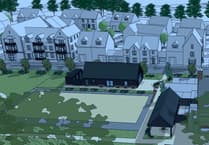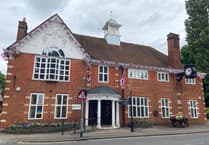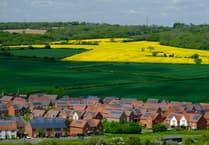A few weeks’ ago, the consultation on the government’s proposals to reform the National Planning Policy Framework closed.
This was a technical consultation that sought views on the government’s plans to restore mandatory housing targets.
Under these plans, the government will dictate how many houses each planning authority (in our case, East Hampshire District Council) will be required to build each year.
Now, it is clear that more houses are needed across the country. This includes East Hampshire.
What’s also clear is that we need to build the right mix of houses, including for first time buyers, families, renters and downsizers.
And affordability is key, particularly in East Hampshire like much of the South East, where house-price-to-income ratios are high.
However, the government’s proposed method for calculating the number of houses required in each planning authority, known as the ‘standard methodology’, would see East Hampshire needing to build 86 percent more homes than is currently set out in the local plan.
That’s an additional 1,000 homes every year.
I do not believe that East Hampshire can tolerate such an uplift. The pressures on local services, utilities and infrastructure would be immense. There is also the detrimental impact on the character of our villages, market towns and countryside to consider.
Added to this is the unique situation with the South Downs National Park covering so much of the area, where there are protected landscape restrictions.
Interestingly, houses have not become more affordable in East Hampshire despite an increase in housebuilding.
The inability of rural wages to keep pace with rural house prices means that many cannot afford to buy in the communities they grew up in.
So, what’s the answer?
For East Hampshire, we need a sensible plan for delivering the right number of homes for the community in a way that doesn’t undermine essential services.
This needs to include homes that are genuinely affordable. There also needs to be a balance inside and outside the South Downs National Park.
I, like the district council, have written to the Minister for Housing and Planning to plead the case for East Hampshire to be considered as a unique area for planning purposes.
I have argued that the fairest and most transparent solution would be to have separate targets set for the parts of East Hampshire inside and outside the national park.
Now we must await the government’s decision on how it plans to proceed.






